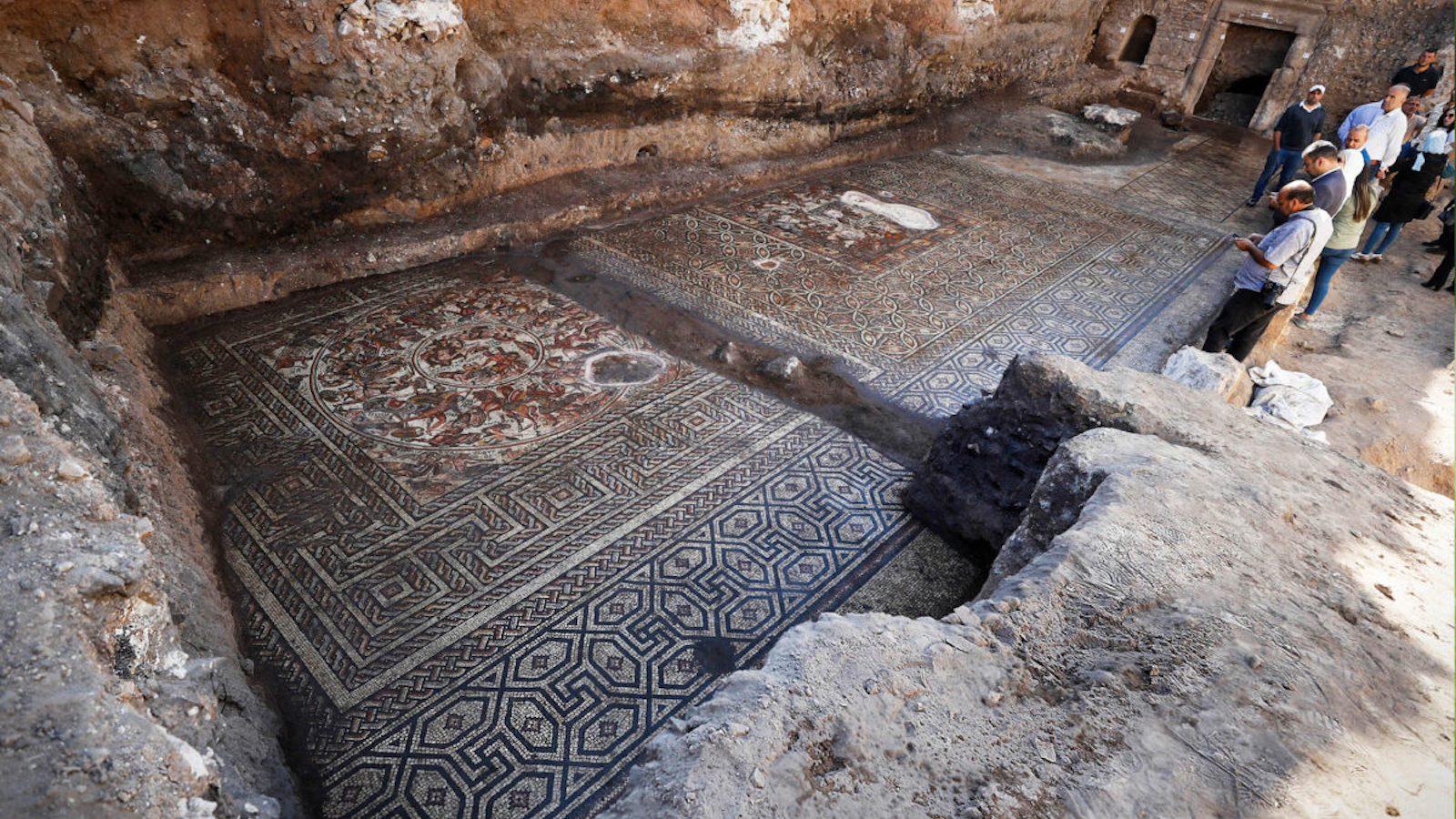The discovery of a 1,300-square-foot Roman mosaic in Syria is the country’s first significant archaeological find since the civil war began in 2011.
The work was discovered in Rastan, which had been under rebel control until 2018. Syria’s directorate-general for antiquities and museums found the mosaic in an old building.
Lebanese and Syrian businessmen bought the 4th-century property from Lebanon’s Nabu Museum and donated it to Syria, The Epoch Times reported.
The discovery is “rare on a global scale,” according to Dr. Humam Saad, associate director of the museum’s excavation and archaeological research arm.
He told the Associated Press (AP) the mosaic depicts the Trojan War, the Roman god Neptune and his 40 mistresses, and Hercules assassinating Hippolyta, the Amazon queen.
Saad said that the mosaic is not the oldest, but it is the most complete. “We have no similar mosaic,” he claimed.
“We can’t identify the type of the building, whether it’s a public bathhouse or something else, because we have not finished excavating yet,” Saad said.
Syria used to be an archaeologist’s dream destination because it housed some of the best-preserved and oldest jewels of ancient civilizations. However, over a decade of war has rendered some of Syria’s legendary past irreparably damaged.
Following the siege of Palmyra in 2015, the Islamic State destroyed much of the city’s ancient art, including the 1,800-year-old Arch of Triumph, the 1,500-year-old Mar Elian monastery, and the 2,000-year-old Lion of Al-lt.
The Syrian civil war resulted in widespread looting by the Islamic State and other groups, with some antiquities trafficked through international black markets and sold worldwide via some unexpected means.
“Unfortunately, there were armed groups that tried to sell the mosaic at one point in 2017 and listed it on social media platforms,” Saad said.
At the height of the conflict in Syria, the anarchy that prevailed made it possible for movable pieces to be dispersed across the globe by means of the illicit antiquities market. These pieces included coins, statuettes, and mosaic fragments.







Astounding how some groups are so concerned with the erasure of the works and history of the past. Destroy what you dislike and claim it is for the good of humanity. Odd how that seems to be so popular today.